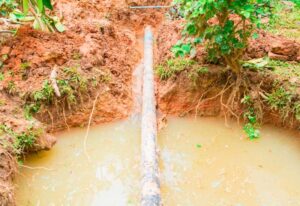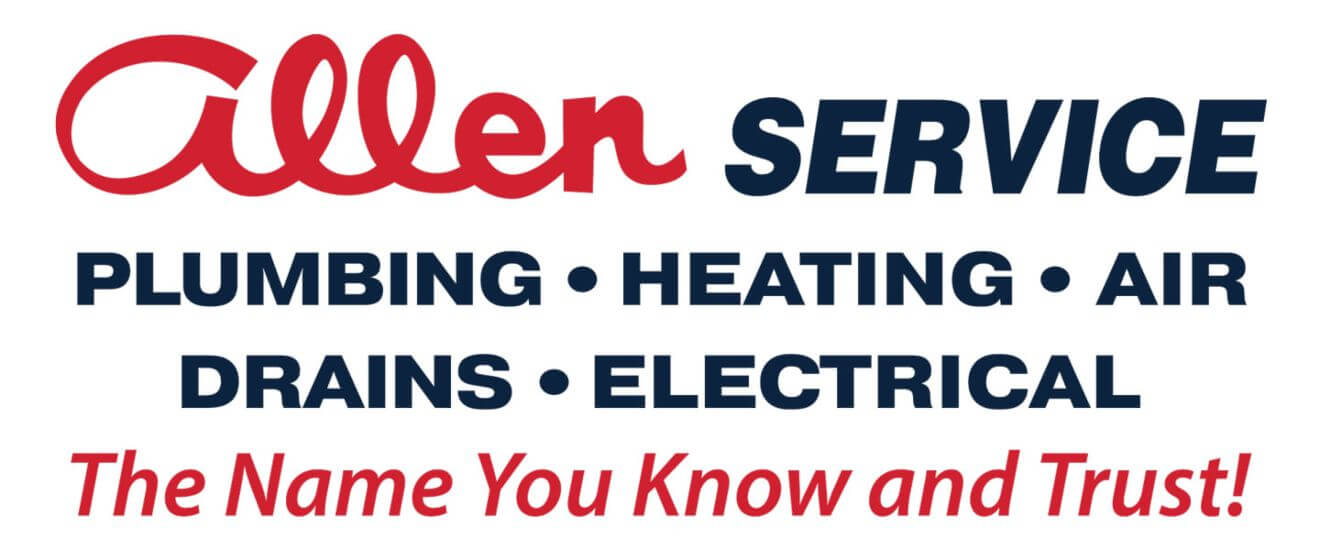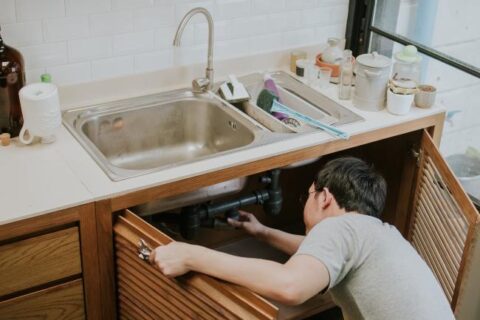Signs of Tree Roots in the Sewer Line & How to Fix It

Trees provide shade, add beauty, and improve the air quality on your property. However, the story may be somewhat less charming underground. Tree roots grow far and wide in search of moisture and nutrients, and your sewer line may provide a tempting buffet. If not detected and addressed promptly, invasive tree roots can cause considerable damage, leading to costly sewer line repairs. Here’s what you need to know about tree roots in the sewer line, including signs to watch for and how to effectively address this issue.
Why and How Tree Roots Invade Your Sewer Line
Tree roots naturally gravitate toward moist, nutrient-dense soil, which often describes the conditions around your sewer line. Tiny seams and cracks in the pipes serve as an open invitation for hair-thin roots to creep in. Once inside, the roots continue to grow and expand, obstructing the flow of sewage and damaging the pipe. This can lead to significant issues over time, so you should deal with invasive tree roots as soon as you discover them.
Signs of Tree Roots in Your Sewer Line
Here are a few red flags to help you tell whether tree roots are growing into your sewer line:
- Slow showers and sinks: If you notice water taking longer than usual to drain, it could indicate a blockage in your sewer line. Slow drains are often the first sign of tree root intrusion, so contact a plumber to come take a look.
- Gurgling drains: Unusual noises from your plumbing system can be alarming, and with good reason. Gurgling sounds often signal that water isn’t flowing freely due to a blockage—possibly caused by tree roots.
- Frequent toilet backups: While a one-time backup is a minor inconvenience, frequently overflowing toilet bowls are a strong sign of trouble with the sewer line.
- Foul plumbing odors from drains: Invasive tree roots can cause waste to accumulate in the sewer line, leading to unpleasant smells emanating from your drains.
- Sinkholes in the yard: Sinkholes indicate a severely damaged sewer line, which may have collapsed or started leaking, causing the surrounding soil to settle.
- Fast-growing trees and grass: Rapidly growing trees or unusually lush patches of grass near your sewer line are another indication of a sewer leak contributing to nutrient-dense soil. While this side effect may seem like a benefit, the invasive roots behind the problem must be dealt with to avoid plumbing issues.
How to Get Rid of Tree Roots in Your Sewer Line
Dealing with invasive tree roots can feel intimidating, but there are several methods for tackling this issue, from do-it-yourself options to professional solutions.
DIY Options for Tree Root Intrusion
If you decide to go the DIY route, here are three techniques to try:
- Copper sulfate is a popular DIY root killer available at most hardware stores. When poured into the sewer line, this chemical poisons the tree roots invading your pipes. However, use copper sulfate cautiously because it can harm other plants and contaminate groundwater.
- Rock salt, a more environmentally friendly option, dehydrates tree roots on contact, causing them to die and gradually decompose. Dissolve two pounds of rock salt in a gallon of hot water and flush it down the toilet. For the best results, repeat this several days in a row.
- Foaming root killer fills the entire pipe with root-killing foam, making it more effective at reaching the entire root structure than other DIY methods. Follow the instructions on the product label to ensure safe, effective use.
Professional Solutions for Invasive Tree Roots
If your DIY attempts prove unsuccessful, or you want to leave the job to the pros from the get-go, call a plumber to assess your sewer line problem. The team should provide a video pipeline inspection to identify the location and source of the blockage. Whether tree roots or something else is the culprit, your plumber will probably use one of these drain-cleaning methods:
- An industrial mechanical auger features a longer cable and more powerful pipe-cleaning capabilities than hand-crank models available at the hardware store. This device tears through the root mass and restores water flow. However, it doesn’t entirely remove the roots, so regrowth is possible.
- High-speed water jetting involves blasting water at high pressure into the sewer line to dislodge and clear out tree roots and other obstructions. This is the most effective solution because it completely eliminates the roots and cleans all debris from the pipe walls.
Finish the Job with Trenchless Sewer Line Repair
Once the roots are gone, it’s crucial to repair your sewer line, sealing any holes and preventing future root invasions. Consider two effective trenchless sewer repair methods:
- Pipe bursting involves pulling a new pipe through the old one while simultaneously fracturing the old pipe outward. This method is effective for pipes that have suffered severe damage or for replacing entire pipe sections.
- Pipe relining, also known as cured-in-place pipe (CIPP) lining, involves inserting a resin-saturated felt tube into the existing pipe and inflating it. Once the resin hardens, it forms a new pipe within the old one, effectively sealing off cracks or holes. This method is less invasive than pipe bursting and is ideal for sewer lines with minor to moderate damage.
Time to Call in the Experts
Invasive tree roots are a serious problem that shouldn’t be ignored. If you suspect tree roots in your sewer line, call Allen Service to provide the expert solutions you need. We have over 60 years of experience delivering top-quality plumbing solutions in Fort Collins. Our team utilizes the latest technology to effectively diagnose and resolve your sewer line issues. We also provide transparent, upfront pricing with no surprise charges. So why wait? Call us today at 970-484-4841 to schedule a sewer line inspection or repair in Northern Colorado.

